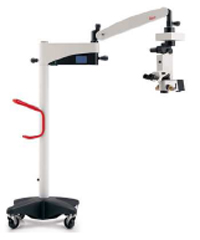The development of medical equipment, products and technical procedures is characterized by high research and development costs in a variety of fields related to the study of human medicine.
innovations-report provides informative and stimulating reports and articles on topics ranging from imaging processes, cell and tissue techniques, optical techniques, implants, orthopedic aids, clinical and medical office equipment, dialysis systems and x-ray/radiation monitoring devices to endoscopy, ultrasound, surgical techniques, and dental materials.

Being the world’s first diagnostic DNA chip, it has the main object to predict prognosis and response to therapy of patients suffering from inflammatory bowel…

Although modern medical technology has reduced the time it takes to perform ophthalmic surgery, the workload has steadily increased as more operations are…

Mammography examinations save thousands of women’s lives every year. However the rate of misdiagnosis can be high – in some instances up to 30%. This is due in…

The procedures were performed using DaVinci, a four-armed robot controlled by the surgeon via a joystick. DaVinci can provide better camera views and more…

A new type of stethoscope enables doctors to hear the sounds of the body in extremely loud situations, such as during the transportation of wounded soldiers in…

The £22million Centre houses amongst the world’s most advanced brain and body scanners, and its High Resolution Research Tomograph (HRRT) brain scanner is…